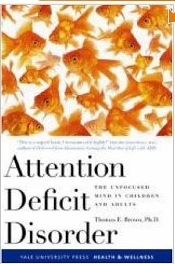 It seems like the more complicated the decision the more people look for some easy answer.
It seems like the more complicated the decision the more people look for some easy answer.
Wanna lose weight? Couldn’t there just be one food you could eat that would fix it all? Buy a car? Some simple calculation to make the right decision?
A couple of years ago (actually way back in 1980) Dale Dauten wrote a book called Quitting, Knowing When to Leave…a job, a marriage, or any other unhappy spot you’re in.
I loved the simple process of evaluating the possibility of really being satisfied with a decision to quit something.
Basically he says, first you become aware that a decision must be made. Then you determine and weight the possibilities for the future, whether the decision is really in your own best interest and how certain you are about the necessity of the decision.
I loved the book!
And then this morning I read over at ScientificBlogging.com an article by Hank Campbell, Garth Sundem Makes Geeks Cool(er) Again. The post at least starts out with a reference to Geek Logik: 50 Foolproof Equations for Everyday Life by Garth Sundam. Hank suggests it’s:
a way to quantify every important decision you may have wanted to make, from how many drinks at the company picnic you should have to how much sports you should watch today. The beauty of it was that by abdicating the decision you also abdicated responsibility – or so you thought. ‘Should I hit on that girl?’ calculations combined with errors in a ‘How many beers should I have?’ calculation probably took you to a bad place if you are married and no amount of pointing to his book was going to help.
The value of using equations to solve life’s dilemmas was verified time and again…
Check out the results of four geeks in a bar in the 5:44 minute video here.
But in the end, it seems that making the right decision has less to do with the math and more to do with the evaluation that yields the confidence to move forward.
And really that confidence in the choice is most important.


